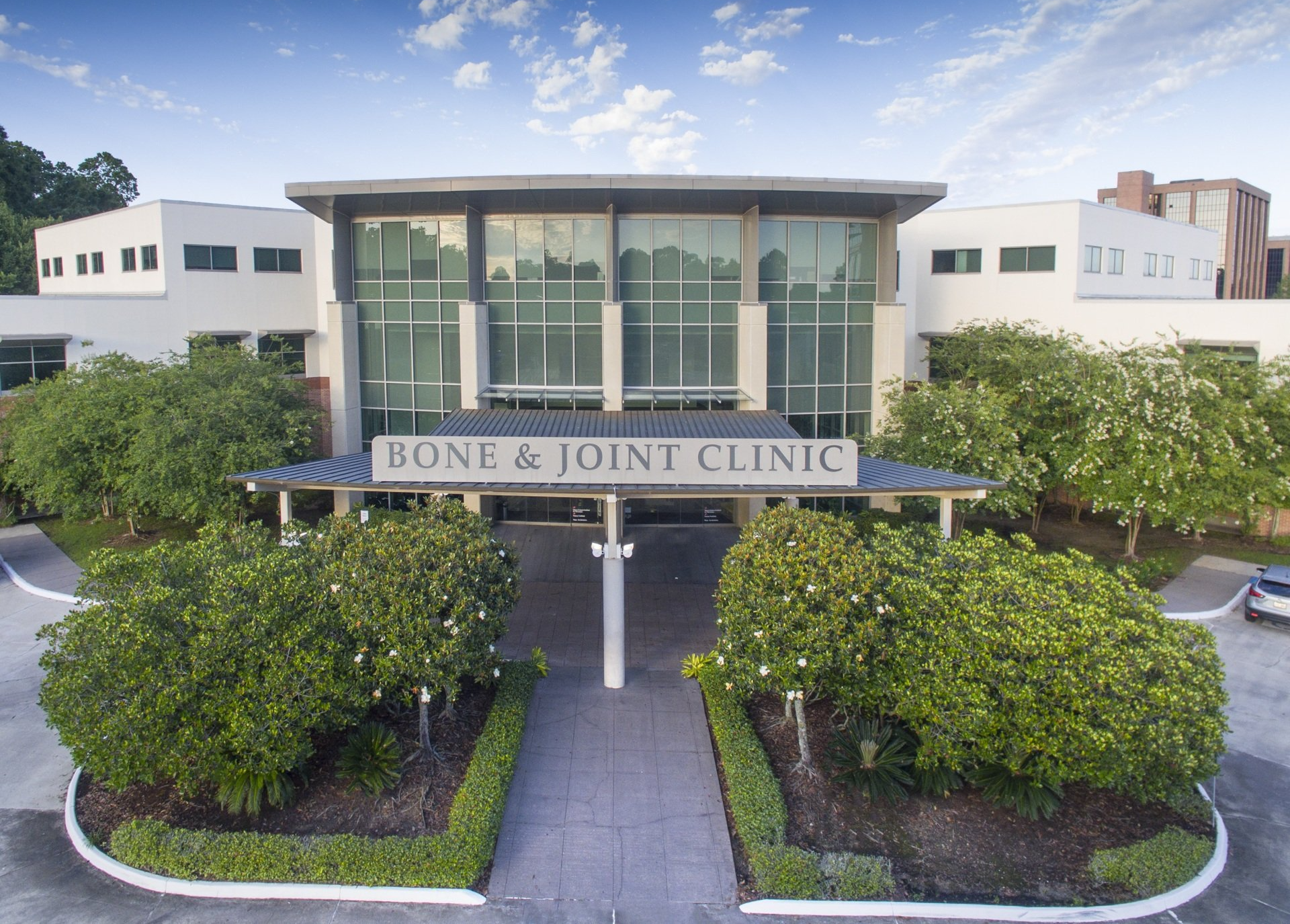When a nerve in your body becomes restricted, entrapped, or compressed it is a condition known as nerve entrapment. Injury, overuse, or trauma can cause nerve entrapment. This condition can also be identified by several other terms like nerve compression syndrome, compression neuropathy, trapped nerve, and entrapment neuropathy.
When a nerve becomes trapped it negatively affects its ability to send and receive messages from the nervous system. This lack of communication can cause swelling, restricted blood flow, and damage to other parts of the body.
What are the Symptoms of a Trapped Nerve?
While pain can be the lone symptom of nerve entrapment, there are other common symptoms that can be linked to the development of a compressed nerve condition. Pain can be sharp, aching, or burning radiating from the general area of the compressed nerve. Numbness in the hands and feet is also common, as well as muscle weakness when using the affected areas are also telltale signs of a nerve issue. A tingling sensation known as paresthesia creates a “pins and needles” feeling near the impacted nerve.
What are the Different Types of Nerve Entrapment?
Did you know that your peripheral nerve system is comprised of 43 pairs of sensory and motor nerves that connect the central nervous system to the rest of your body? This makes peripheral neuropathy a fairly common condition. This type of entrapment occurs at very specific points along the nerve, typically where they pass through tunnels and other narrow structures.
Narrow structures that can create nerve compression are your wrists, elbows, spine, and knees. Carpal tunnel syndrome is the compression of the carpal nerve in the wrist. Nerve entrapment in the spine is known as a herniated disk. Cubital tunnel syndrome is the compression of the ulnar nerve in the elbow. Peroneal nerve entrapment occurs in the knee.
While the conditions mentioned above tend to be more common, there are other, rarer nerve compression diagnoses that can be made. Ulnar tunnel syndrome impacts the wrist. Radial nerve compression syndrome affects the entire arm. Suprascapular nerve entrapment occurs in the shoulder. Also, if you are affected by the compression of the lateral femoral cutaneous nerve, in the skin of the thigh, you could be experiencing meralgia paresthetica.
How is Nerve Entrapment Treated?
There are many conservative options that can be deployed to relieve the pain and symptoms caused by nerve entrapment. The earlier that a compressed nerve is identified, there is a better chance of preventing any permanent or lingering damage. NSAIDs, or nonsteroidal anti-inflammatory drugs can be effective in alleviating pain. Splints, steroid injections, and physical therapy can also allow the muscles to strengthen and reduce the force of the affected nerves. If these treatments aren’t effective, surgery can be performed to remove the compression on these nerves.
If you are experiencing any of these symptoms or have other bone or joint issues, the expert, caring staff at The Bone and Joint Clinic of Baton Rouge is here to help relieve your pain and get you back in action. With additional locations in Brusly, Prairieville, and Walker we have you covered.




